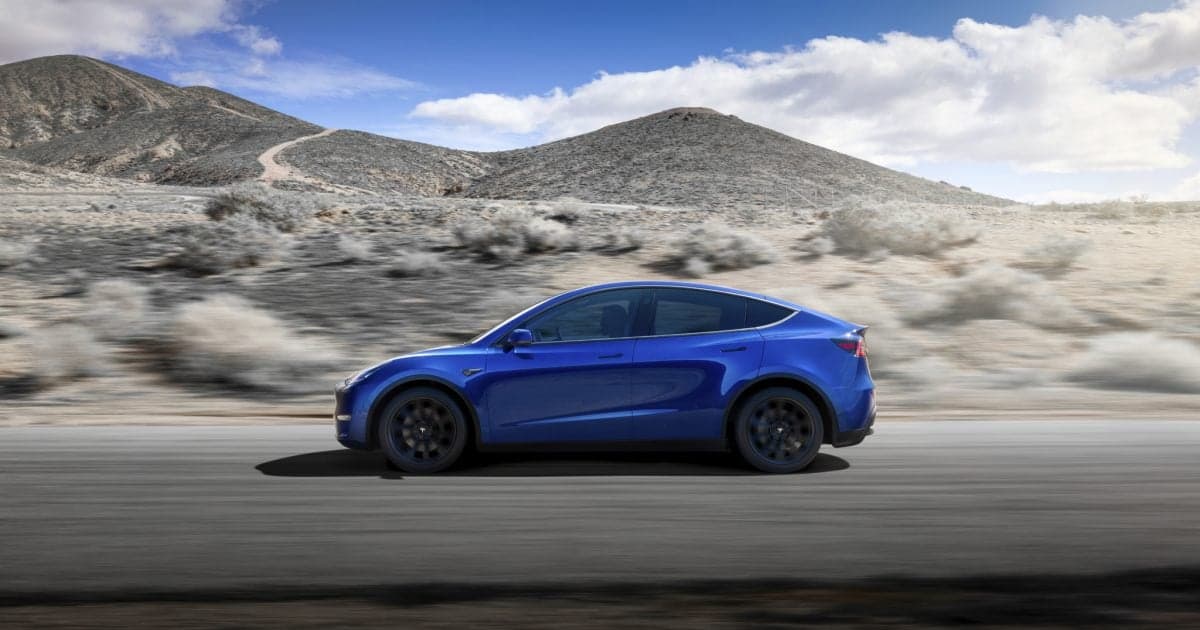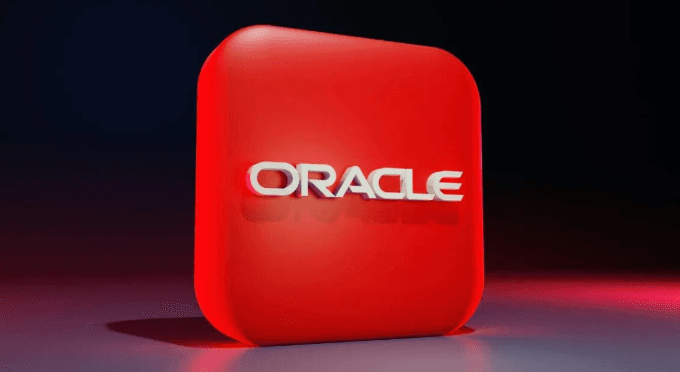Tesla's Second-Quarter Earnings Tipping Point: More Hype or Real Opportunity?


In one tumultuous quarter, carmaker Tesla (TSLA) proved that hypergrowth stories can stumble... yet perhaps still sow the seeds of their next act.
The company saw revenue drop by 12% from the prior year, its steepest decline since 2012, as both vehicle deliveries and the average sales price slipped in the second quarter.
For years, the perception of Tesla was that it was more than a car. It was a statement.
Early adopters weren't just buying an electric vehicle ("EV")... They were backing a movement.
But now, Tesla CEO Elon Musk's political entanglements have turned that same brand into a liability for left-leaning consumers. And its struggling car business may hinge on its long-promised affordable EV model that started production in June.
Stansberry Research Has Followed Tesla Closely
Stansberry's analysts have tracked Tesla since its IPO, with analyst Whitney Tilson recently calling it "a powerful company with open‑ended opportunities"... yet it's also one that swings between dizzying optimism and painful drawdowns.
In the past year, Musk campaigned for President Donald Trump, then headed up the Department of Government Efficiency ("DOGE") in the early days of Trump's administration.
But DOGE didn't seem to have successfully cut many costs or rooted out much fraud. It also didn't help Tesla's share price.
From inauguration day until April 22 (when Musk first said he'd be spending less time at DOGE and in the Trump administration), Tesla shares fell more than 44%.
Since then, shares have snapped back higher after Musk pledged to focus back on Tesla... but it hasn't been a smooth ride. And you can expect new developments on the relationship between Trump and Musk – positive or negative – to move Tesla's stock accordingly.
Yes, Tesla's stock has been one of the best-performing names of the past several years. After all, it's one of the so-called Magnificent Seven stocks that – as a group – have led the S&P 500 Index to historic valuations.
But its meteoric rise needs more than hype and high expectations...
Where Tesla Made Its Money in the Second Quarter
Today, Tesla is more than just a carmaker, even as selling cars remains the vast majority of its revenues.
The promise of robotaxis, AI-driven humanoid robots, battery storage, and software licensing all have significant potential. But none are assured. (For example, my colleague John Robertson just wrote about Uber Technologies (UBER) and its self-driving car plans.)
For the quarter, Tesla reported revenues of $22.5 billion, essentially flat with consensus expectations. Net income came in at $1.2 billion. Gross margin came in just above its forecast at 17.2% – but still well below the higher margins of 25%-plus of its boom days.
However, Bloomberg notes that the company offered little hard details about its forward plans, reporting that Musk instead offered mostly warnings of a turbulent time ahead...
"There are some teething pains as you transition from a pre-autonomy to a post-autonomy world," Musk said.
On the conference call, executives spent relatively little time discussing the EV business, instead talking about plans to expand Tesla's recently launched robotaxi service, a new diner opened in Los Angeles, and whether the company may invest in xAI, Musk's AI startup.
Out of the company's $22.5 billion in revenues, roughly $16.7 billion came from its car sales, leases, and regulatory credits. Another $3 billion came from services – including repairs, maintenance, and its Supercharger battery-charging network... all revenue largely tied to its vehicles.
Finally, $2.8 billion came from energy generation and storage, which has been a mixed bag. This business sells large-scale batteries to homes, businesses, and electricity-generation facilities, and appears to be growing rapidly. But the segment also includes solar-panel sales, which have been winding down for a couple of years.
Looking forward, U.S. federal incentives for EV makers phase out in September, including both the $7,500 tax credit and federal fuel-economy standards that have benefited Tesla to the tune of roughly $12 billion over the past decade.
And that's not the only headwind for the company...
Significant Risks Ahead for Tesla
The growing resistance among Tesla's core customer base – mainly environmentally conscious Democrats – poses a real threat to the company.
Democrats are the largest political party affiliation in the U.S. – 45.1 million voters are registered Democrats versus 36 million registered Republicans and 32.1 million independents. That's a lot of potential customers who are likely at least temporarily turned off of Tesla.
And the company's margin erosion has been a long time coming... As Whitney flagged in January:
- Tesla missed every important metric in the fourth quarter, reported no growth, and margins are down – yet the stock is up.
- The chief financial officer claimed "2025 will be a pivotal year for investments" while simultaneously saying "[capital expenditures] will be flat." He also implied margins will continue to decline this year.
- The company didn't reiterate its 20%-to-30% guidance from last quarter, only saying that guidance would be "up" – implying a number below 20%.
Finally, Tesla insiders, including Elon Musk's own brother Kimbal, are getting out of the company. As my colleague Corey McLaughlin noted earlier this month...
According to data from FinViz, insiders have sold more than $630 million in stock over the past 12 months. More than one-third of that selling came during May's rally. And in the past year, insiders have collectively bought just $1 million worth of shares.
With Tesla's shares still incredibly expensive today (at 169 times earnings), the auto business struggling, and Elon Musk's focus not entirely on the business, the insiders are happy to pass on the risk to hungry retail investors.
What the Stansberry Score Says About Tesla
The wild price swings in Tesla make it a difficult long-term investment...
You can find better buys in the market today. Our proprietary Stansberry Score rates Tesla a 64 out of 100, with "C" grades for valuation and capital efficiency.
That's not the worst report we've ever seen. But for a nearly $1 trillion company, we'd like to see "A" grade material – like fellow mega-caps Microsoft (MSFT), Apple (AAPL), and Alphabet (GOOGL) presently boast.
As Whitney says about the company:
You're better off popping a bowl of popcorn, sitting back, and enjoying the show...
What Opportunities to Watch Going Forward
Despite the ugly second-quarter-earnings report, Musk could still pull out a win. He has done it before multiple times, after all.
Looking ahead, you can see the contours of his next trick to boosting Tesla stock... from a cheaper car, a live robotaxi fleet, and more energy deployments. The next step is simple – Musk must execute his latest round of promises.
In the meantime, Whitney has found an even more extreme risk-to-reward opportunity... one that could ripple across a $40 trillion market. Learn more by watching Whitney's exposé here – where he shares:
- Why we're about to cross what Barron's calls "an impending tipping point"...
- Three simple steps you can take today to get on the right side of this shift...
- And even the name and ticker symbol of a stock that's perfectly positioned to take advantage of this sweeping change, at no charge whatsoever.
Whitney believes this could be like investing in oil during the automotive revolution... and could become the biggest winning recommendation of his long financial career.




